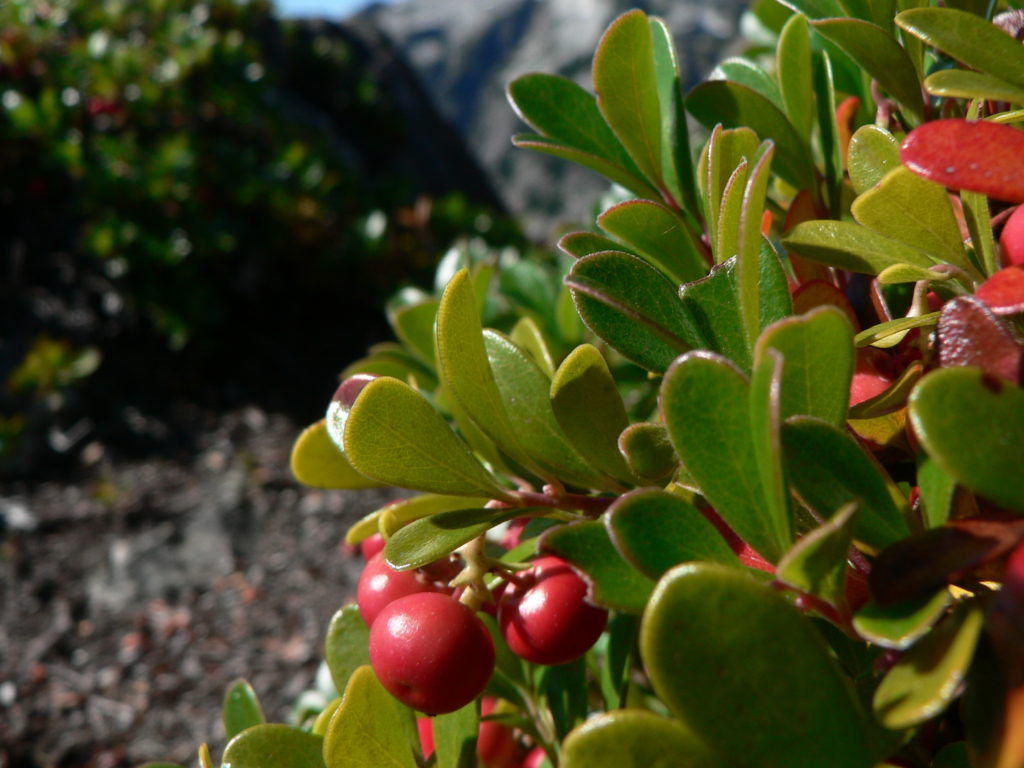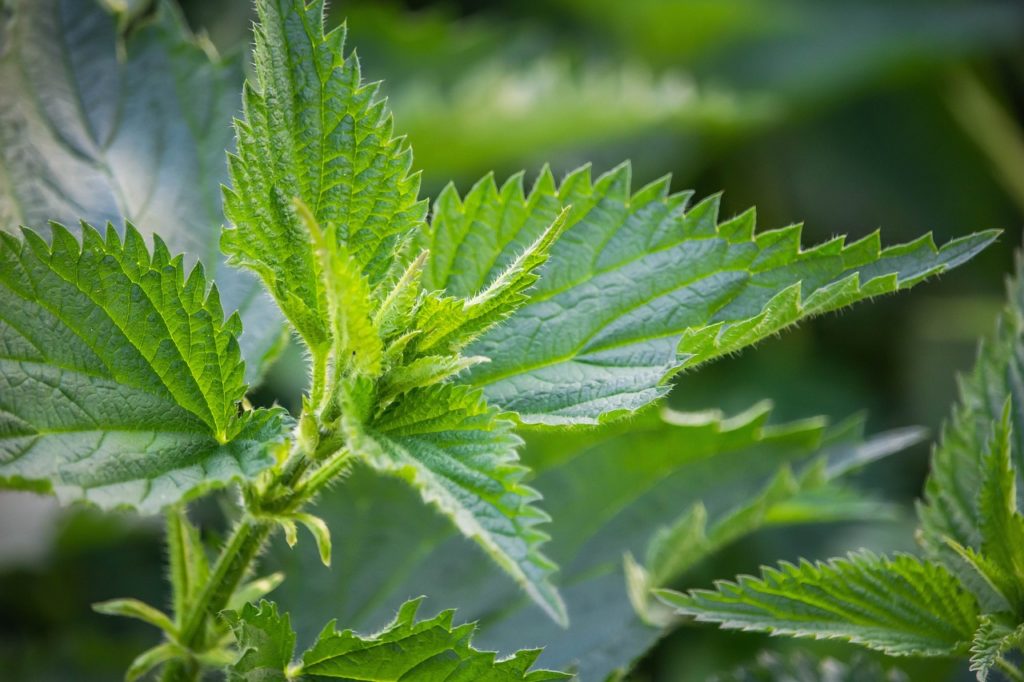Introduction:
Prior to the invention of antibiotics, indigenous people herbal remedies to deal with issues including infections. One example is the plant called uva ursi, or bearberry, which has been used as natural urinary tract infections for hundreds of years.
Uva ursi is also known by some other names such as:
- beargrape
- rockberry
- red berry
- kinnikinnick
- sandberry
Benefits of Uva Ursi are because of:
Extracts made from UU leaves contain many protective constituents, such as:
- flavonoids
- iridoids
- hydroquinone glycosides (mainly arbutin)
- tannins
- terpenoids
The antimicrobial actions of Uva Ursi are attributed to the hydroquinone derivatives, especially arbutin.
Medicinal uses:
Helps treat Urinary tract infections:
Uva Ursi is most often used to treat urinary tract infections and bladder infections (also called cystitis). There haven’t been many large-scale studies investigating its effectiveness or mechanisms of actions, but several small studies have shown promise that it can reduce recurring urinary tract infections thanks to its natural antibacterial and astringent properties.
It acts like a natural diuretic:
Uva ursi can help flush out fluids from the body, reducing swelling and lowering the presence of pathogens in the process.
It may also be helpful in eliminating urinary stones. It’s not typically used for this purpose, but it’s thought to have natural detoxifying effects that may assist in overall kidney function. However, taking too much may potentially damage the kidneys and liver, so the dosage is important.
May reduce Hyper-pigmentation of the skin:
UU can be used as a topical preparation that’s applied to the skin to help reduce skin lightening and hyper-pigmentation. Its skin-enhancing effects are mostly due to its antioxidant content, including the compound arbutin.
Other Uses:
In addition to treating urinary, bladder and skin conditions, Uva ursi is also sometimes used to treat other conditions and symptoms, although there is less research available to demonstrate how well it works for these purposes. Some other uses for Uva ursi include potentially managing:
- Indigestion and constipation
- Painful and frequent urination
- Excess uric acid in the urine
- Skin wounds that are slow to heal
- Symptoms related to inflammation, such as aches and pains
- Kidney infections
- Bronchitis
- Bedwetting
Side Effects:
Is uva ursi safe? Overall it’s considered safe for short-term use when used in recommended doses.
Bearberry/UU is capable of causing side effects in some people, especially when used for many months or taken in high amounts. Potential side effects associated with UU use may include:
- Nausea and vomiting
- Indigestion/upset stomach
- Discoloration of the urine
- Mood changes, fatigue and irritability
- Insomnia
- Possibly liver or kidney damage, shortness of breath, confusion and seizures in very rare but serious cases
Drug interactions:
Drug –drug interactions are known and contraindications for uva ursi include combining it with:
- Lithium
- Blood pressure medications
- Anti-inflammatory drugs (NSAIDs) and corticosteroids
- Iron supplements
Conclusion:
Uva ursi is an herbal remedy that’s also called bearberry. It contains a number of protective compounds, including flavonoids, iridoids, hydroquinone glycosides (mainly arbutin), tannins and terpenoids. It has natural antibacterial and astringent effects and is most often used to treat UTIs. It may also help with bladder infections and skin issues, such as hyper-pigmentation. However, care must be taken and always consult your healthcare provider before starting any herbal remedy.



